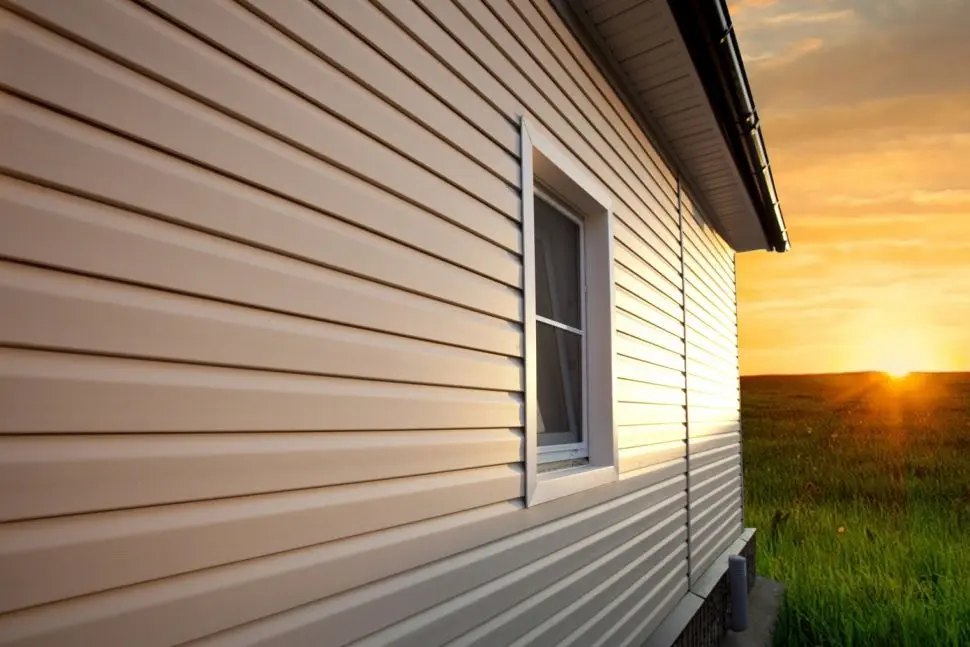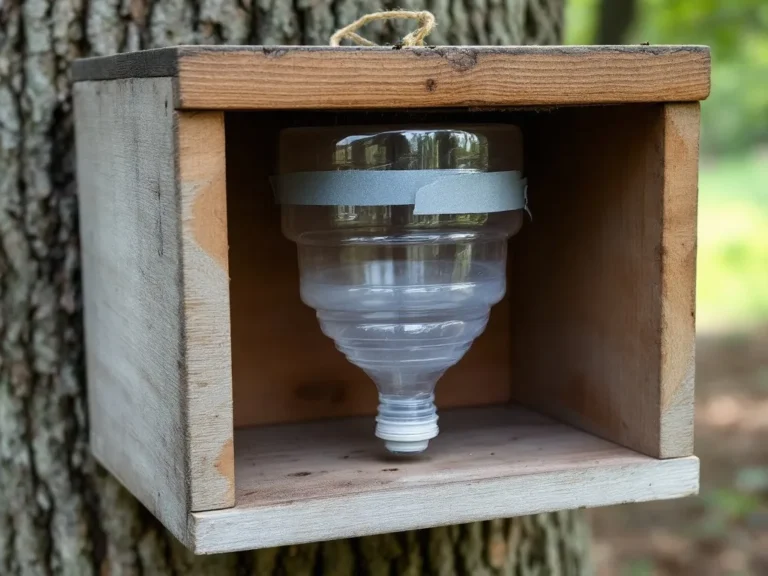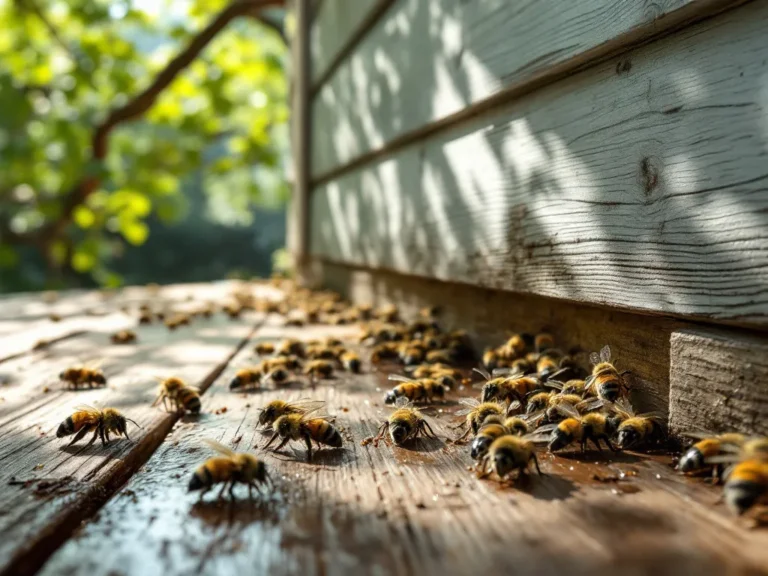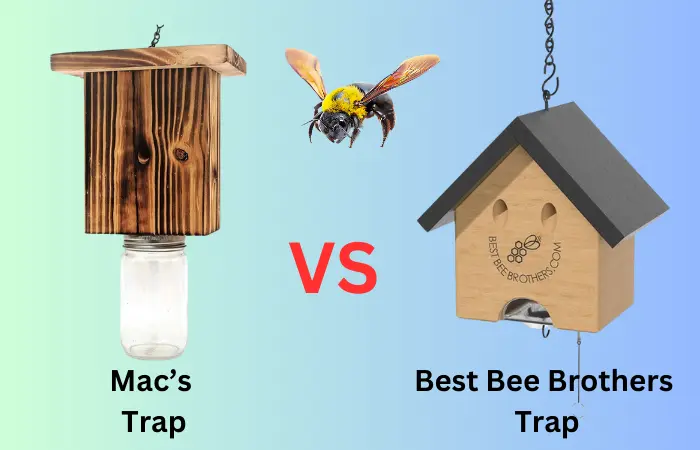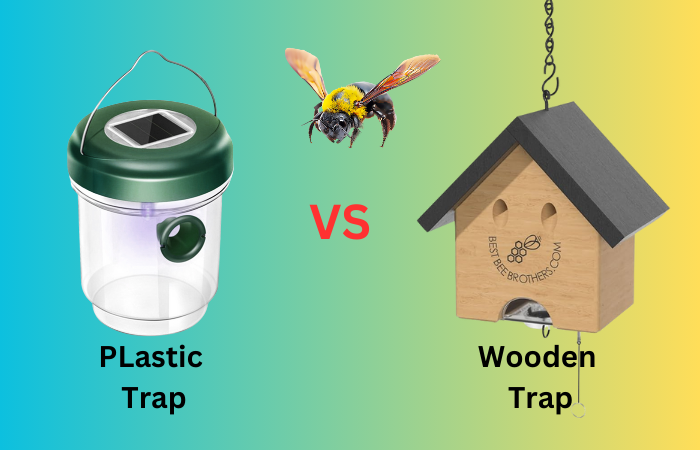Carpenter bees are a persistent issue for homeowners, especially when they find their way under vinyl siding. While vinyl itself isn’t their target, the wood behind it can be. This article offers practical steps to eliminate carpenter bees from beneath your siding and prevent future infestations.
Identifying Carpenter Bee Activity
To effectively deal with carpenter bees under your vinyl siding, it’s essential to first confirm their presence. Here’s how you can identify an infestation:
- Spotting the Signs
- Buzzing Sounds: Listen closely around the exterior of your home. Persistent buzzing could indicate active carpenter bees behind your siding.
- Wood Shavings (Frass): Check the ground near your siding for small piles of wood shavings. These are a clear sign that carpenter bees are boring into the wood behind the vinyl.
- Visible Holes: Though challenging to spot under vinyl, any small, round holes in wooden structures nearby can signal an entry point for carpenter bees.
Removing Carpenter Bees
Once you’ve identified the infestation, it’s time to take action. Here’s how to get rid of carpenter bees under your vinyl siding:
- Locate the Entry Points
- Inspect Thoroughly: Carefully examine the areas around your siding, especially near eaves, corners, and any damaged or loose panels, to find where the bees are getting in.
- Apply the Right Treatment
- Insecticidal Dust: Use insecticidal dust designed for carpenter bees. Apply it directly into the holes or gaps where bees are entering, ensuring the bees come into contact with the dust as they move in and out.
- Aerosol Sprays: For more extensive infestations, aerosol sprays made for carpenter bees can be effective. Insert the spray nozzle into the entry points and apply as directed.
- Seal the Entry Points
- Close Off the Gaps: After confirming that all bee activity has ceased, seal the entry points with caulk, wood filler, or expandable foam. This step prevents future infestations.
- Repair Siding as Needed: If any vinyl siding was damaged or loosened by the bees, repair or replace the affected panels to keep your home secure.
- Clean Up the Area
- Remove Debris: Sweep away any wood shavings or other debris left behind. This will help to discourage other pests from moving in.
Preventing Future Infestations
To keep carpenter bees from returning, consider these preventative measures:
- Regular Inspections
- Check Your Siding: Make it a habit to inspect your siding annually, especially in the spring. Look for any loose panels or gaps that could serve as entry points.
- Apply Preventative Treatments
- Insecticidal Sprays: Consider applying a preventative insecticidal spray around the perimeter of your home, focusing on vulnerable areas. Repeat as needed during the active season.
- Strengthen Vulnerable Areas
- Reinforce Siding and Trim: Add extra caulking or flashing around eaves, corners, and soffits to make it harder for bees to access the wood behind your siding.
- Use Carpenter Bee Traps
- Install Traps: Placing carpenter bee traps near potential entry points can help reduce the local bee population and prevent new infestations.
Conclusion
Carpenter bees under vinyl siding can cause significant damage if not addressed promptly. By identifying their presence early, treating the affected areas, and taking preventative measures, you can protect your home from these persistent pests. Regular maintenance and vigilance are key to ensuring that carpenter bees do not return.
Resources
- Carpenter Bee Control Products: DoMyOwn
- Home Maintenance Tips: This Old House
- Pest Control Services: HomeAdvisor
FAQs
- Can carpenter bees damage vinyl siding?
- Carpenter bees typically do not damage vinyl siding directly but can cause significant harm to the wooden structures behind it.
- How do I know if carpenter bees are nesting under my siding?
- Look for signs like buzzing sounds, wood shavings, and small holes near the edges or seams of your siding.
- What is the best time to treat carpenter bees?
- Early spring is ideal for treating carpenter bees before they establish new nests.
- How often should I inspect my siding for carpenter bees?
- It’s recommended to inspect your siding at least once a year, preferably in the spring.
- Are there eco-friendly methods to get rid of carpenter bees?
- Yes, options like carpenter bee traps and natural insecticides such as diatomaceous earth can be effective.

